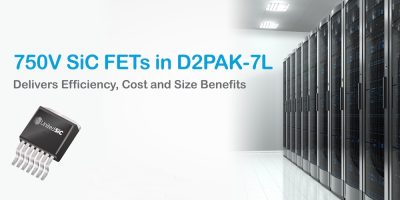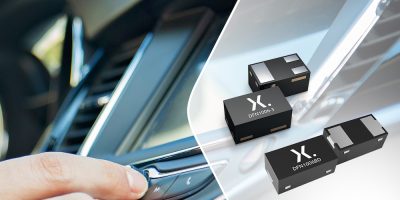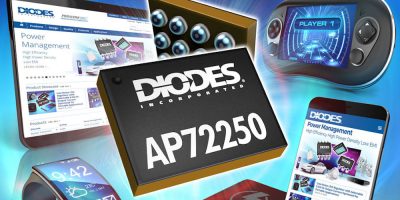Seven surface mount devices in the space saving D2PAK package have been added to Qorvo’s (formerly UnitedSiC) portfolio. The 750V SiC FETs are supplied in the surface mount D2PAK-7L package and are intended for onboard chargers, soft-switched DC/DC converters, battery charging (fast DC and industrial) and IT / server power supplies. According to Qorvo, they are suitable for high power applications that require maximum efficiency, low conduction losses and excellent cost effectiveness in a thermally enhanced package.
The Gen 4 UJ4/SC FETs are claimed to have the industry’s lowest RDS(on) of 9 mOhm at 650/750V. The 750V SiC FETs that make up the Gen 4 UJ4C/SC series are rated at 9.0, 11, 18, 23, 33, 44 and 60mOhm. According to Qorvo, this selection means that engineers have the flexibility to choose the device that can enable optimum cost/efficiency balance while maintaining generous design margins and circuit robustness.
The latest additions use the cascode SiC FET technology introduced by UnitedSiC whereby a normally-on SiC JFET is co-packaged with a Si MOSFET to produce a normally-off SiC FET for low conduction losses in a small die.
Anup Bhalla, chief engineer at Qorvo, said, “The D2PAK-7L package reduces inductance from compact internal connection loops which ─ along with the included Kelvin source connection ─ results in low switching loss, enabling higher frequency operation and improved system power density. These devices also feature silver-sinter die attach, resulting in very low thermal resistance for maximum heat extraction on standard PCBs as well as IMS [insulated metal substrates] with liquid cooling.”
The 750V Gen 4 SiC FETs are available now in the D2PAK-7L package.
Qorvo provides radio frequency (RF) products, combining technology, systems-level expertise and global manufacturing to address complex technical challenges. Qorvo serves diverse market segments, including advanced wireless devices, wired and wireless networks and defence radar and communications. It also operates in the 5G networks, cloud computing, the IoT space and other emerging applications.







